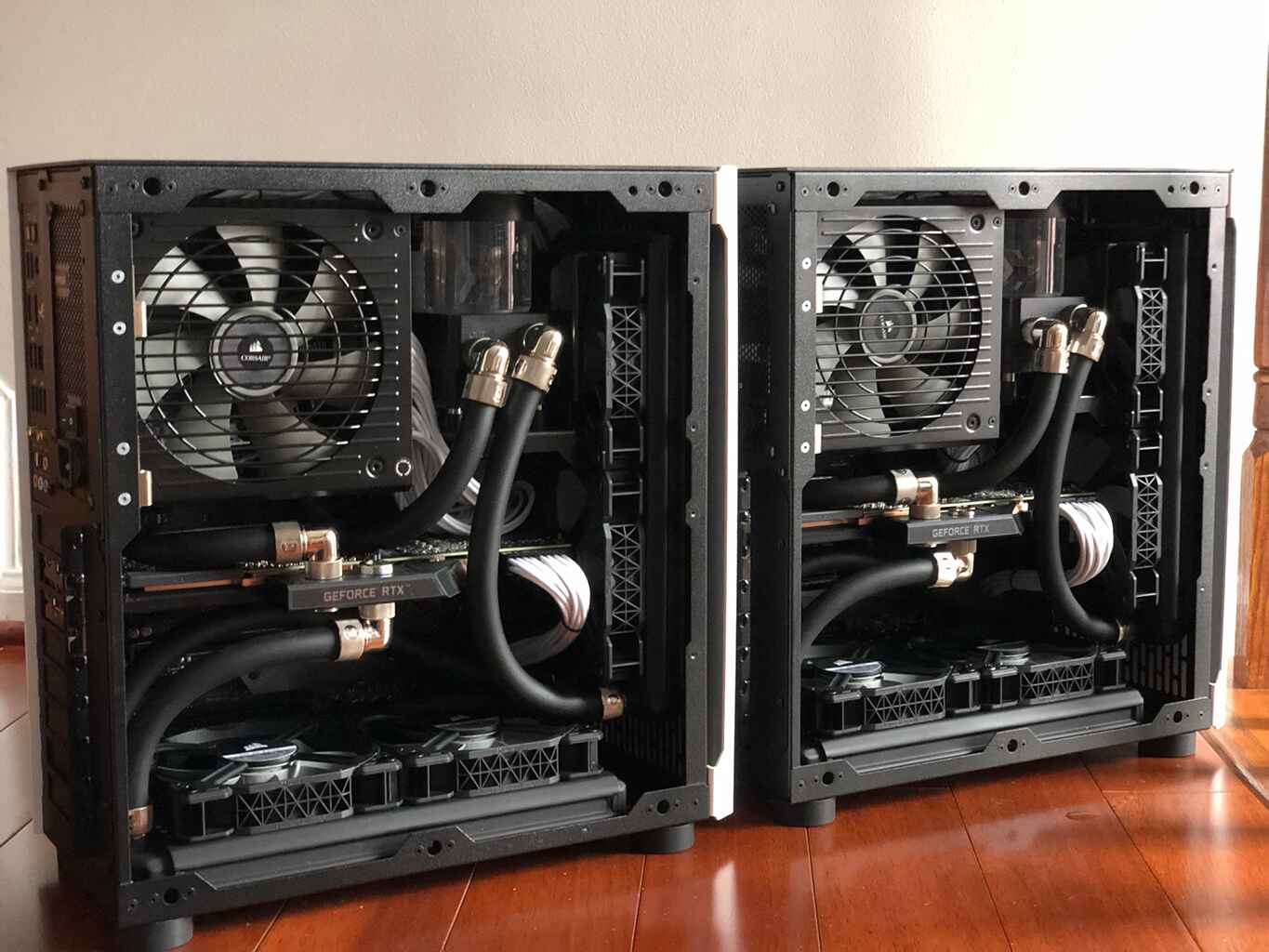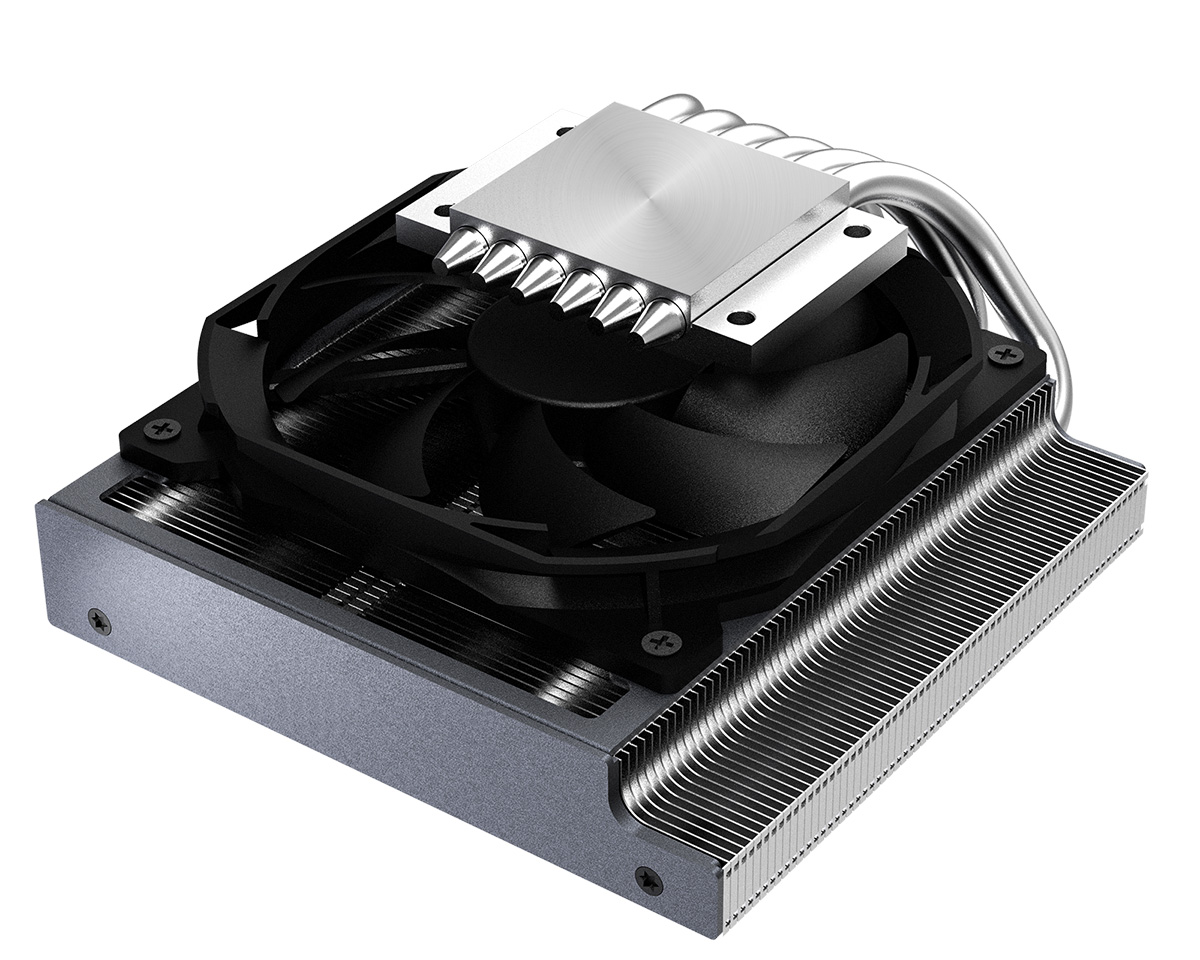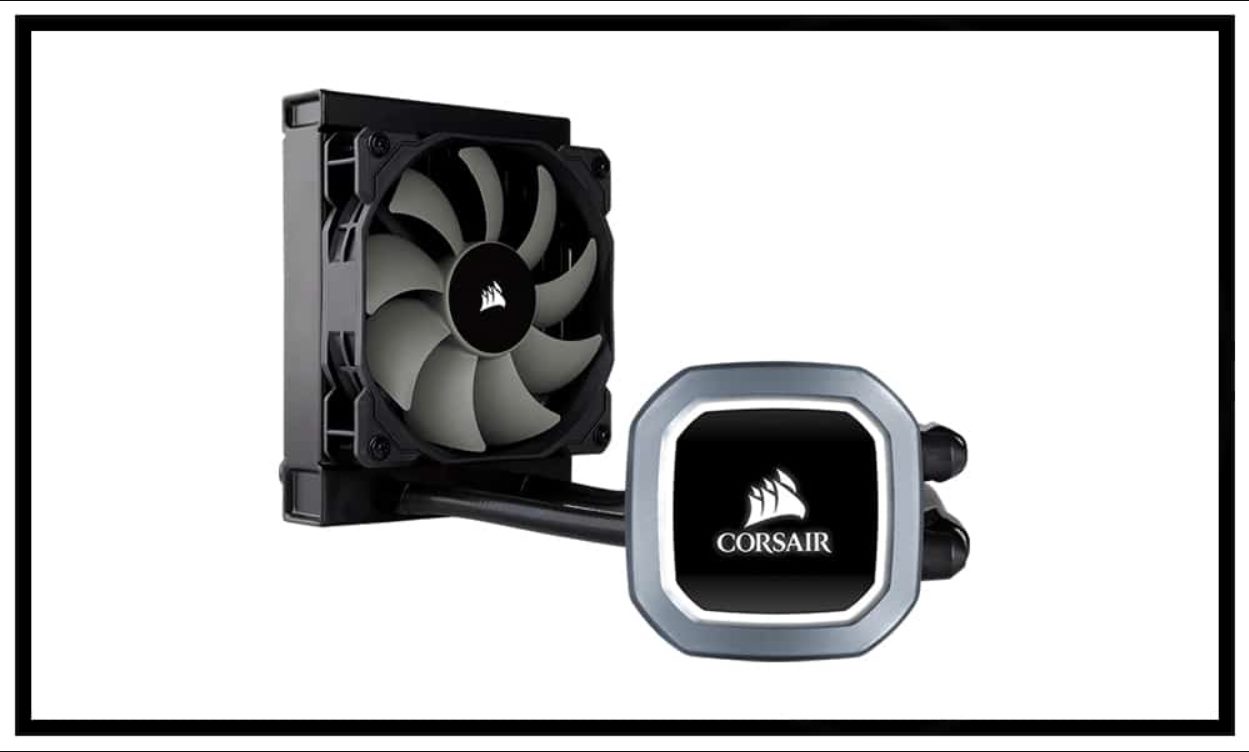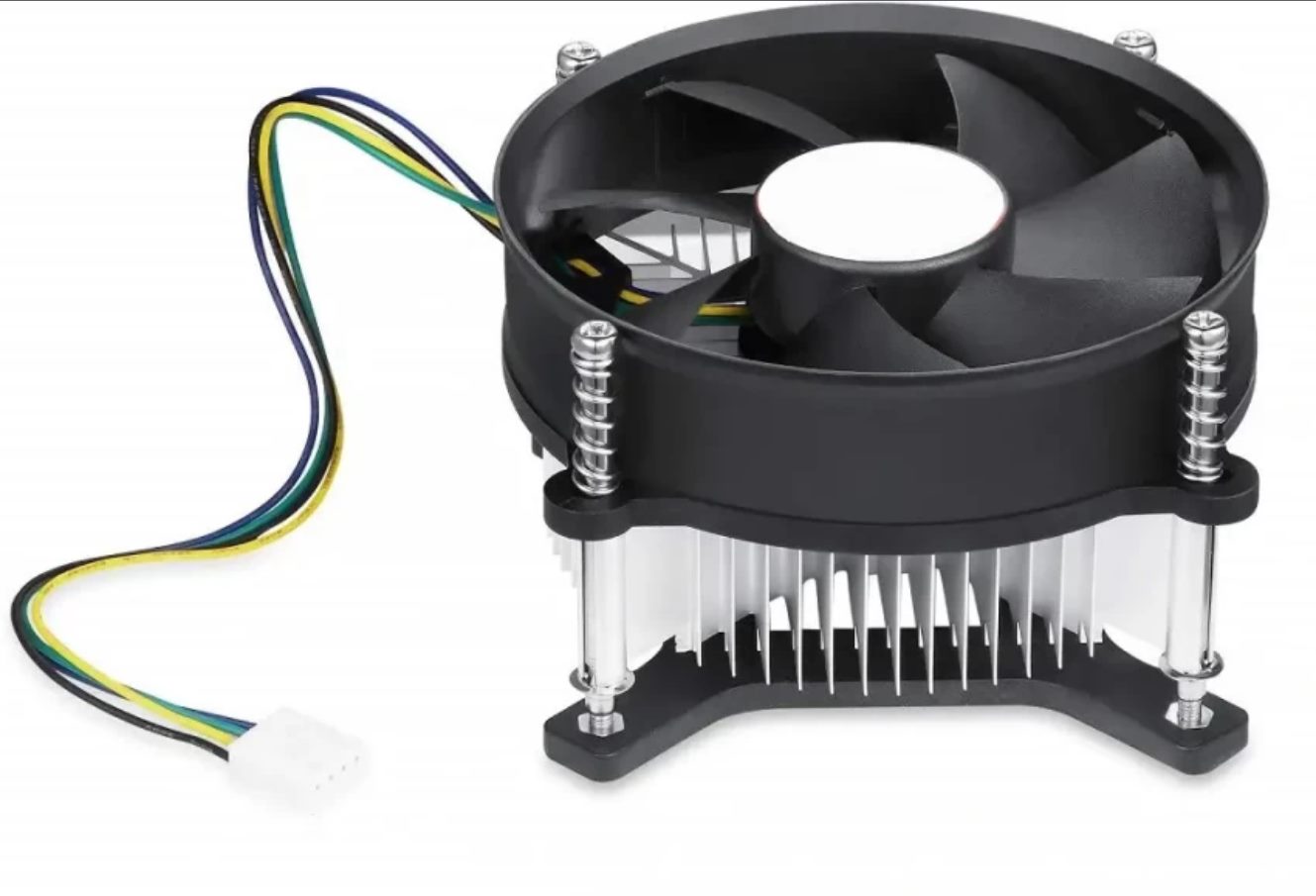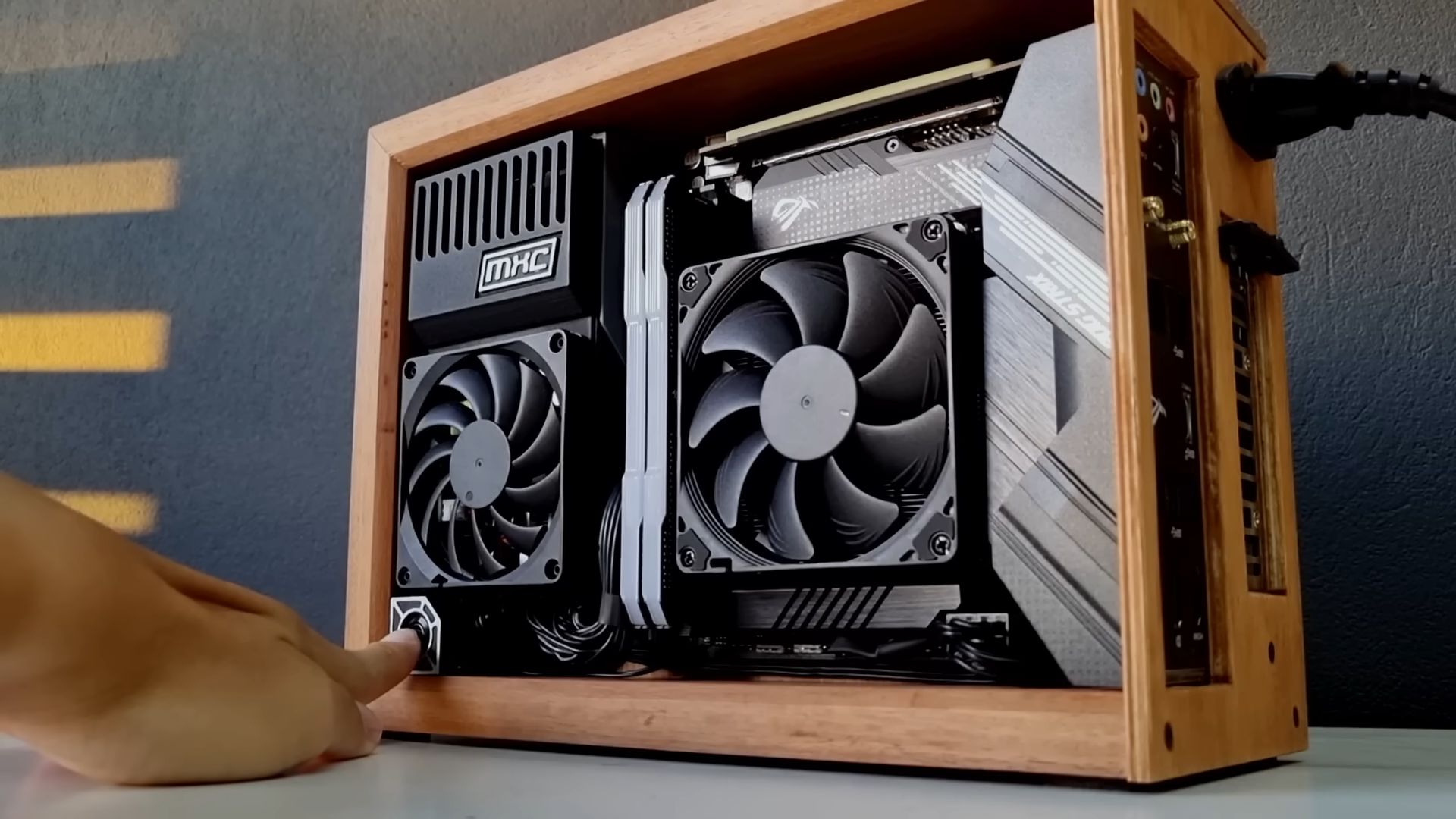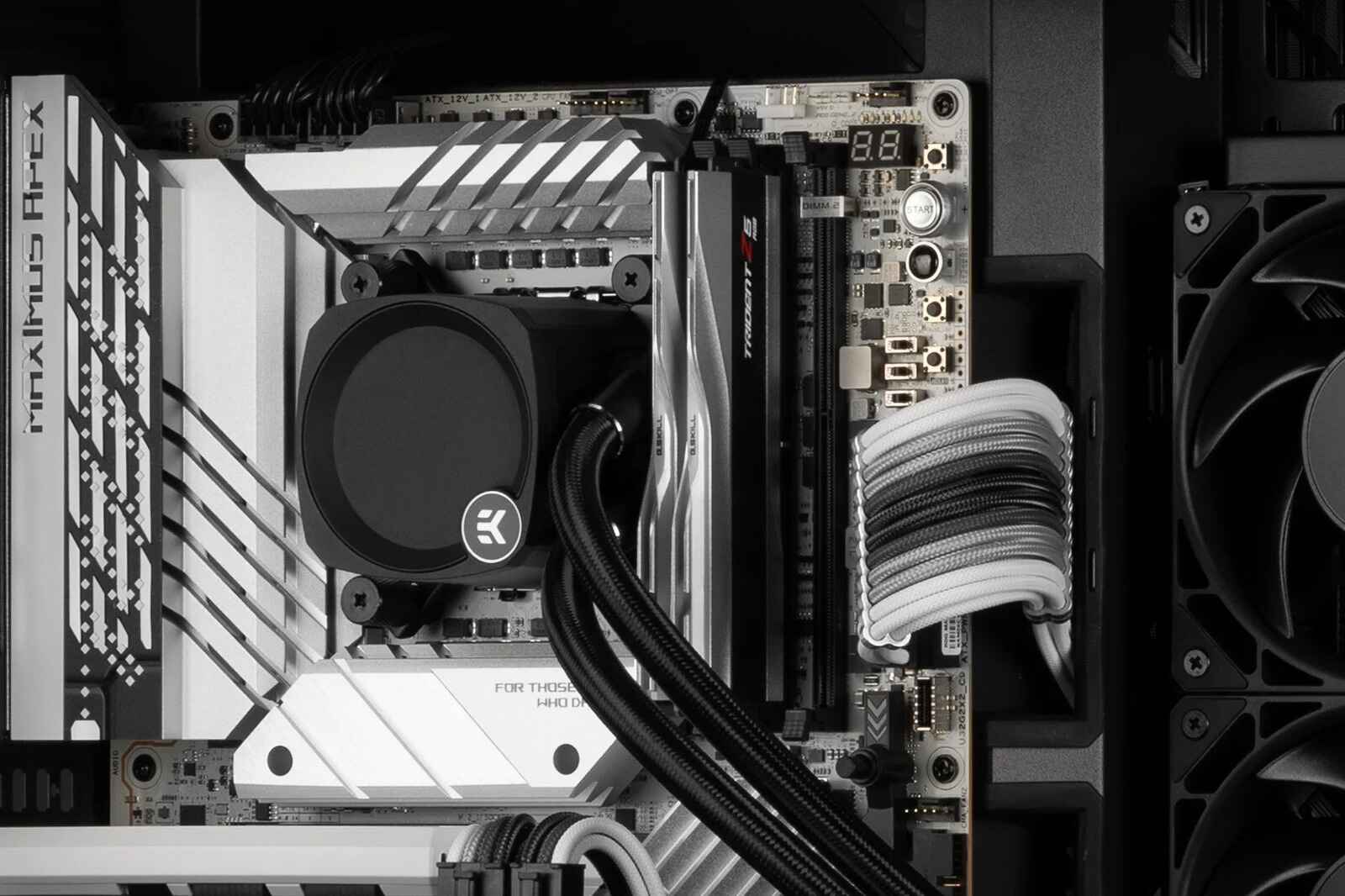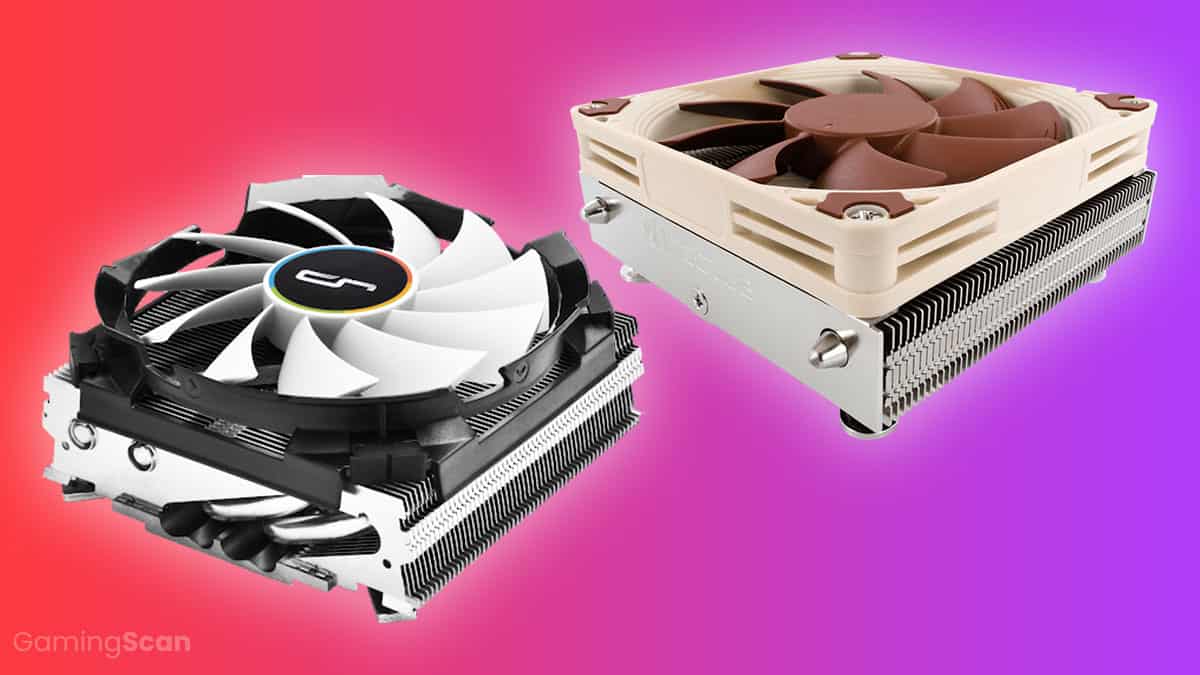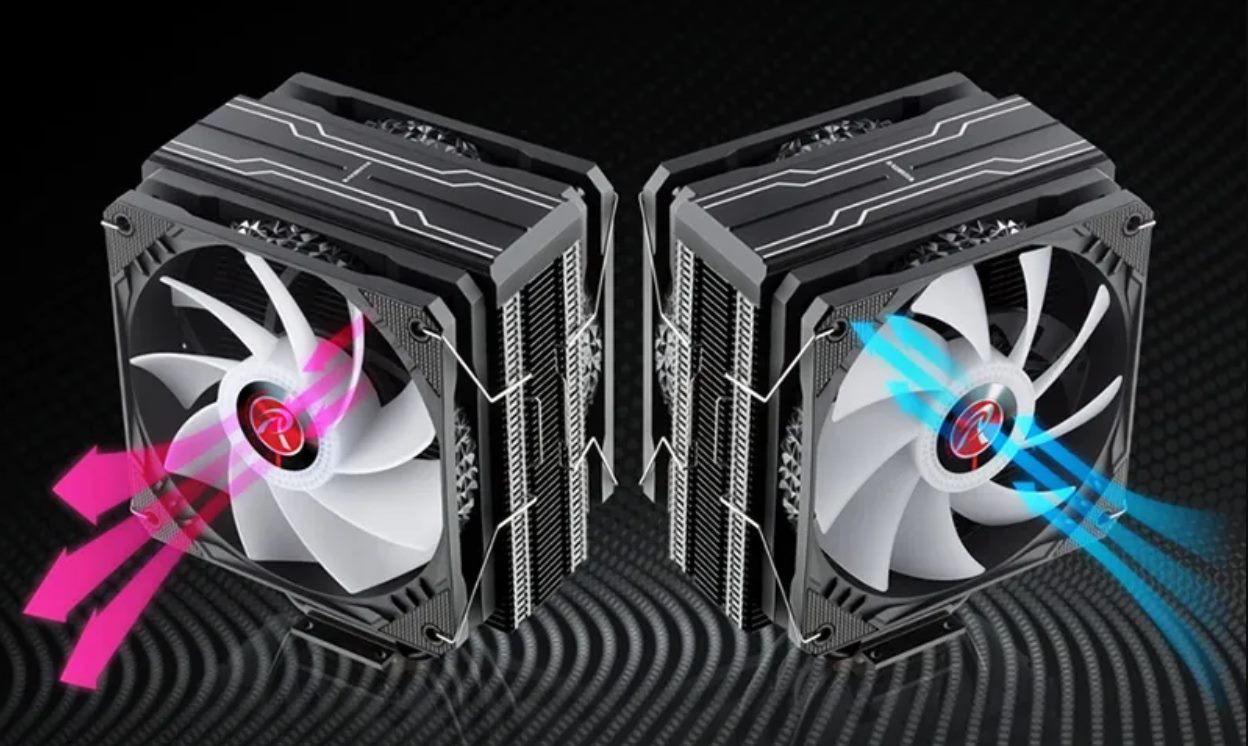Introduction
When it comes to building or upgrading a computer system, one of the key components to consider is the motherboard. It serves as the foundation and central hub that connects all the different hardware components together, allowing them to work in harmony. However, not all motherboards are created equal. There are various types, commonly referred to as form factors, which dictate their size, shape, and compatibility with different PC cases.
Understanding the type of motherboard that is used in your PC case is crucial, as it determines the overall compatibility and functionality of your system. Different form factors have their own unique features and advantages, and choosing the right one can greatly impact the performance, expandability, and overall aesthetics of your PC.
In this article, we will explore the different types of motherboards commonly used in PC cases. We will discuss the ATX (Advanced Technology eXtended), Micro-ATX (mATX), Mini-ITX, and Extended ATX (EATX) form factors. By the end, you’ll have a clear understanding of the differences between these form factors and be able to make an informed decision when selecting the right motherboard for your PC case.
ATX Motherboard
The ATX (Advanced Technology eXtended) motherboard is one of the most popular form factors used in PC cases. It offers a standard size and layout that provides a good balance between features, expandability, and compatibility.
ATX motherboards are typically larger than other form factors, measuring around 12 x 9.6 inches. This larger size allows for more slots and connectors, making it suitable for high-performance systems and gaming rigs. Additionally, the ATX form factor provides ample space for cooling solutions, giving you the flexibility to install larger and more efficient CPU coolers and multiple fans.
ATX motherboards feature multiple PCIe slots, allowing you to install multiple graphics cards for multi-GPU setups, as well as other expansion cards such as sound cards, network adapters, or RAID controllers. They also have several RAM slots, accommodating a sufficient amount of memory modules for high-speed multitasking and gaming.
Another advantage of ATX motherboards is the availability of various I/O ports and connectors. These include USB ports, audio jacks, Ethernet ports, and display outputs, providing easy connectivity options for peripherals and devices.
One of the main advantages of ATX motherboards is their widespread compatibility with PC cases. Most mid-tower and full-tower cases are designed to accommodate ATX motherboards, ensuring a seamless fit and proper alignment of mounting holes.
Overall, the ATX form factor offers a great balance between expandability, compatibility, and cooling capabilities, making it the go-to choice for many PC enthusiasts and gamers. However, it is worth noting that ATX motherboards may not be suitable for those looking to build a compact or space-constrained system.
Micro-ATX Motherboard
The Micro-ATX (mATX) motherboard is a smaller form factor that offers a more compact alternative to the traditional ATX motherboard. Despite its smaller size, it still maintains many of the features and functionalities of its larger counterpart.
Micro-ATX motherboards are typically 9.6 x 9.6 inches in size. This reduced footprint allows for greater flexibility when it comes to building smaller PC systems, such as micro-ATX or mini-ITX cases. The smaller form factor also makes it easier to transport and more suitable for space-constrained environments, such as dorm rooms or offices with limited desk space.
While micro-ATX motherboards may have fewer expansion slots compared to ATX motherboards, they still provide ample room for essential components such as graphics cards, sound cards, and storage drives. Additionally, they typically have enough RAM slots to accommodate sufficient memory for most computing needs.
Micro-ATX motherboards often come equipped with built-in Wi-Fi, Bluetooth, and USB ports, providing convenient connectivity options without the need for additional expansion cards or adapters. They also support multiple display outputs, making them suitable for multimedia setups.
Another advantage of micro-ATX motherboards is their compatibility with a wide range of PC cases. Many mid-tower and small form factor cases are designed to house micro-ATX motherboards, allowing for easy and straightforward installation. It’s worth noting that micro-ATX motherboards can also fit in ATX cases, offering more versatility for builders who may want to upgrade their system in the future.
In summary, micro-ATX motherboards are an excellent choice for those looking to build a compact and space-efficient system without compromising on essential features. They provide a good balance between size, expandability, and compatibility, making them ideal for home office setups, entertainment centers, or small gaming rigs.
Mini-ITX Motherboard
The Mini-ITX motherboard is the smallest form factor among the commonly used motherboard types. Despite its diminutive size, it offers great versatility and is a popular choice for compact and low-power systems.
Mini-ITX motherboards measure just 6.7 x 6.7 inches, making them extremely compact and suitable for small form factor builds. This small footprint allows for building ultra-compact PCs and HTPCs (Home Theater Personal Computers) that can be easily placed in tight spaces or integrated into existing entertainment setups.
Despite their small size, Mini-ITX motherboards still offer a good amount of functionality. They typically feature one PCIe slot, allowing for the installation of a single graphics card or other expansion cards. They also have two RAM slots, supporting a decent amount of memory for everyday computing tasks.
One of the key advantages of Mini-ITX motherboards is their low power consumption. They are designed to be energy-efficient, making them suitable for systems where power consumption is a crucial factor, such as media centers or small office PCs. Additionally, their compact size allows for efficient heat dissipation, ensuring optimal cooling without the need for bulky cooling solutions.
Mini-ITX motherboards may have fewer I/O ports compared to larger form factors, but they still provide essential connectivity options such as USB ports, audio jacks, and display outputs. They also support integrated Wi-Fi and Bluetooth, reducing the need for additional expansion cards or adapters.
While Mini-ITX motherboards offer compactness and power efficiency, it’s important to note that their small size may limit the expansion possibilities. This means that they may not be the ideal choice for high-performance gaming rigs or systems that require multiple expansion cards or storage drives. However, they are well-suited for those seeking a compact, energy-efficient, and aesthetically pleasing system.
Extended ATX Motherboard
The Extended ATX (EATX) motherboard is a larger and less common form factor designed for high-end and enthusiast-level systems. It offers even greater expandability and functionality compared to the standard ATX motherboard.
Extended ATX motherboards are significantly larger than ATX motherboards, measuring around 12 x 13 inches. This increased size allows for more PCIe slots, RAM slots, and additional connectors, making them the go-to choice for users who require extensive expansion options and advanced features.
With more PCIe slots, EATX motherboards can accommodate multiple graphics cards for extreme gaming setups or professional workstations. They also provide more room for additional expansion cards such as sound cards, RAID controllers, or network adapters. This increased expandability makes them ideal for users who require extensive customization and multi-tasking capabilities.
Extended ATX motherboards often come equipped with additional power connectors and more robust power delivery systems, providing stable and reliable power to demanding components. They also offer enhanced cooling capabilities, allowing for the installation of larger CPU coolers and multiple case fans to maintain optimal system temperatures.
One important consideration with EATX motherboards is their compatibility with the PC case. Due to their larger size, they may not fit in standard ATX cases. It’s essential to ensure that the chosen case supports the EATX form factor to avoid compatibility issues and ensure proper fitment and alignment of mounting holes.
Extended ATX motherboards are typically favored by enthusiasts and professionals who require the utmost performance, expandability, and customization options. They are well-suited for gaming rigs, video editing workstations, or servers that demand exceptional power and versatility.
In summary, Extended ATX motherboards offer the highest level of expandability and feature sets among the commonly used motherboard form factors. While they may not be necessary for every user, they are an excellent choice for those who require extensive customization, multi-GPU setups, and advanced features for their high-performance systems.
Conclusion
Choosing the right motherboard form factor for your PC case is an important decision that can greatly impact the overall performance, expandability, and compatibility of your system. In this article, we have explored four common types of motherboards: ATX, Micro-ATX, Mini-ITX, and Extended ATX.
The ATX motherboard offers a well-balanced combination of features, expandability, and compatibility, making it a popular choice for many PC builders. It provides ample space for components, multiple PCIe slots, and various I/O ports, ensuring a smooth and hassle-free build process in most mid-tower and full-tower cases.
For those seeking a more compact option, the Micro-ATX motherboard offers a smaller form factor while still providing essential features and compatibility. Its reduced footprint makes it ideal for small form factor cases, offering a space-efficient and versatile solution for compact builds.
The Mini-ITX motherboard, on the other hand, takes compactness to the extreme. It is the smallest form factor available and is suitable for ultra-compact PCs or HTPCs. While it may offer fewer expansion options, it excels in power efficiency and is perfect for those looking for a compact and energy-saving solution.
Finally, the Extended ATX motherboard is a larger form factor designed for high-end systems that require extensive expansion capabilities. With more PCIe slots and additional connectors, it caters to enthusiasts and professionals who demand exceptional performance and customization options.
In conclusion, understanding the different types of motherboards and their respective form factors allows you to make an informed decision when selecting the right motherboard for your PC case. Consider your specific needs, such as the size of your case, the intended use of your system, and your desired level of expandability, to ensure compatibility and functionality. By taking the time to choose the right motherboard, you can build a system that meets all your requirements and provides an optimal computing experience.







